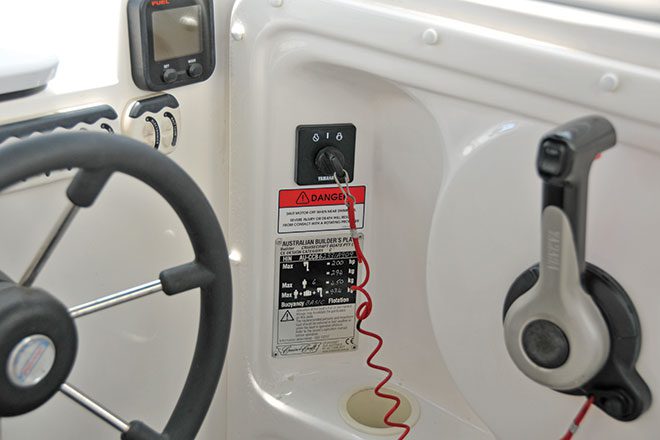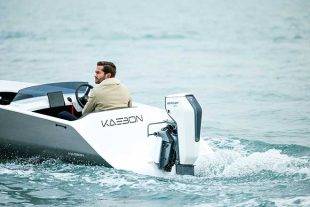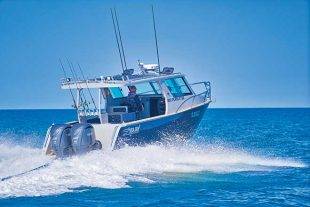What’s the most important thing to look for when buying a new boat?
The overall length?
The style of boat in terms of runabout, centre console, half cabin or other types?
Its capacity to fish inshore or offshore?
The price?
The electronics and entertainment system?
These all rate consideration, however perhaps the most important thing to look for is a plaque that states ‘Australian Builder’s Plate’, which should be affixed to the boat where it can be seen clearly by the skipper.
The plate is not required on every type of vessel – as examples, not on floating toys or personal watercraft that carry only one of two people, rowing shells, boats over 24m in length and some other exceptions.
Still, the plate was introduced back in 2005 and there have been further updates to what it provides for.
The current version is number five.
Why is this plate so important?
Well, without it and in most cases, the boat is not allowed to be sold without contravening legislative provisions and as a follow-on from that, you may find that your vessel is totally uninsurable.
In general terms, this plate was introduced as part of an overall boating safety strategy.
While it’s called an Australian Builder’s Plate, don’t be confused into thinking that it can only be fitted if the boat was built in Australia.
Rather, it means a compliance plate that needs to be fitted to new boats in Australia.
Therefore, it can be fitted by a boat builder, a boat importer or someone else who is competent.
If you decide to commission a boat through a website to be built as a one-off copy in China, you can see the potential problems when the vessel lands in Australia.
It therefore is imperative to check your plan out with a specialist marine insurer before you act or if you have any queries about the Australian Builder’s Plate.
There is a raft of questions that arise in a legal context, which are beyond the scope of this article.
For example, should you decide to sell the boat, what are your legal responsibilities under consumer legislation in terms of warranty, your liabilities in the case of an injury suffered by a subsequent owner should they decide to argue that you are in fact an importer – it gets complicated and when this happens, things tend to get expensive.
Likewise, marine insurance specialists such as Nautilus Marine and boat service centres see boats sitting on trailers that are not compliant in terms of load ratings.
Don’t only take the word of a private seller about compliance – seek proof – such as a weighbridge certificate or confirmation from a reputable dealer, and match that against the information plate that should be displayed on the trailer.
Likewise, a reputable dealer may be able to assist you in ascertaining whether a particular outboard exceeds the maximum allowed by the boat’s manufacturer or not.
That’s one of the pieces of information on the Australian Builder’s Plate, along with the maximum load, maximum number of people and buoyancy level rating.
The recurring theme here is to speak with your specialist marine insurer before embarking on a purchase.
Seek to gain some insight into whether your intended vessel is insurable with that company or not.
As always, what is and what may not be covered will always be decided in accord with the terms of insurance as defined in your insurance policy’s Product Disclosure Statement.
Similarly, any special conditions and excesses should always be explained clearly in your insurance policy’s PDS.
If you need further information, you can contact Nautilus Marine Insurance on 1300 780 533 for any boat insurance requirements.








